Sale!
Description
Description :
Visualizing Geographic Patterns: Choropleth maps allow viewers to see how a particular variable, such as population density, income levels, or political affiliations, are distributed across different regions of the United States. This visualization helps identify spatial patterns and trends.
- Understanding Demographic and Socioeconomic Characteristics: Choropleth maps can be used to represent demographic or socioeconomic data, providing insights into factors such as population distribution, income inequality, educational attainment, or employment rates across states or regions.
- Highlighting Disparities and Inequalities: By visually representing data on a map, choropleth maps can highlight disparities and inequalities between different states or regions. This can be useful for identifying areas with higher levels of poverty, lower access to healthcare or education, or other social and economic challenges.
- Supporting Policy and Decision Making: Policymakers and researchers use choropleth maps to inform policy decisions and resource allocation strategies. For example, maps showing areas with high rates of a certain disease might inform public health initiatives, while maps of economic indicators might guide investment decisions.
- Analyzing Political Geography: Choropleth maps are commonly used in political analysis to visualize voting patterns, party affiliations, and electoral outcomes. These maps can help identify “red” (Republican) and “blue” (Democratic) states, swing states, and other political trends.
- Communicating Information Effectively: Choropleth maps are a powerful tool for communicating complex information in a clear and intuitive way. By representing data visually on a map, they make it easier for viewers to understand spatial relationships and trends compared to traditional tables or charts.
Uses of choropleth map
Only logged in customers who have purchased this product may leave a review.

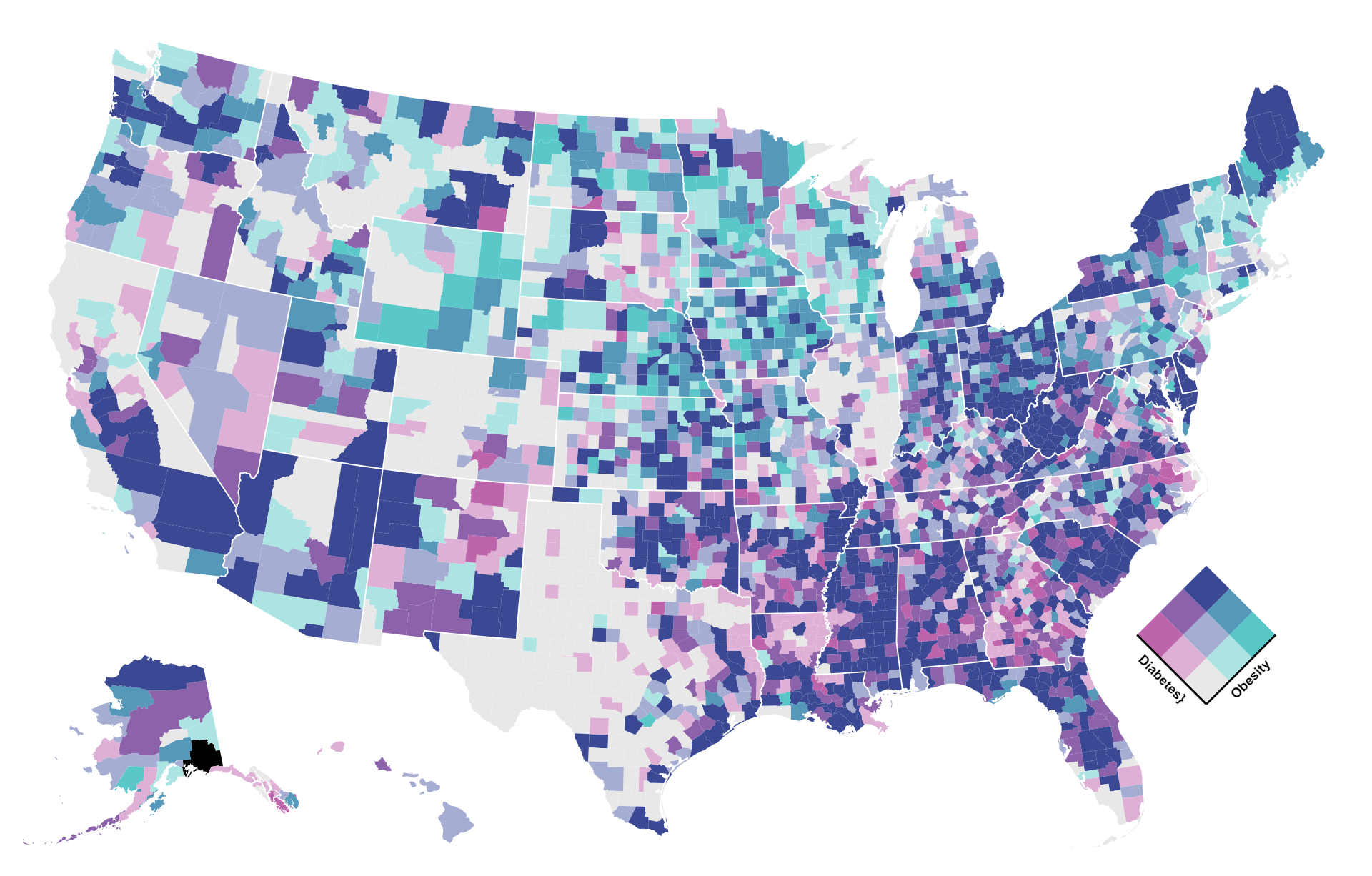
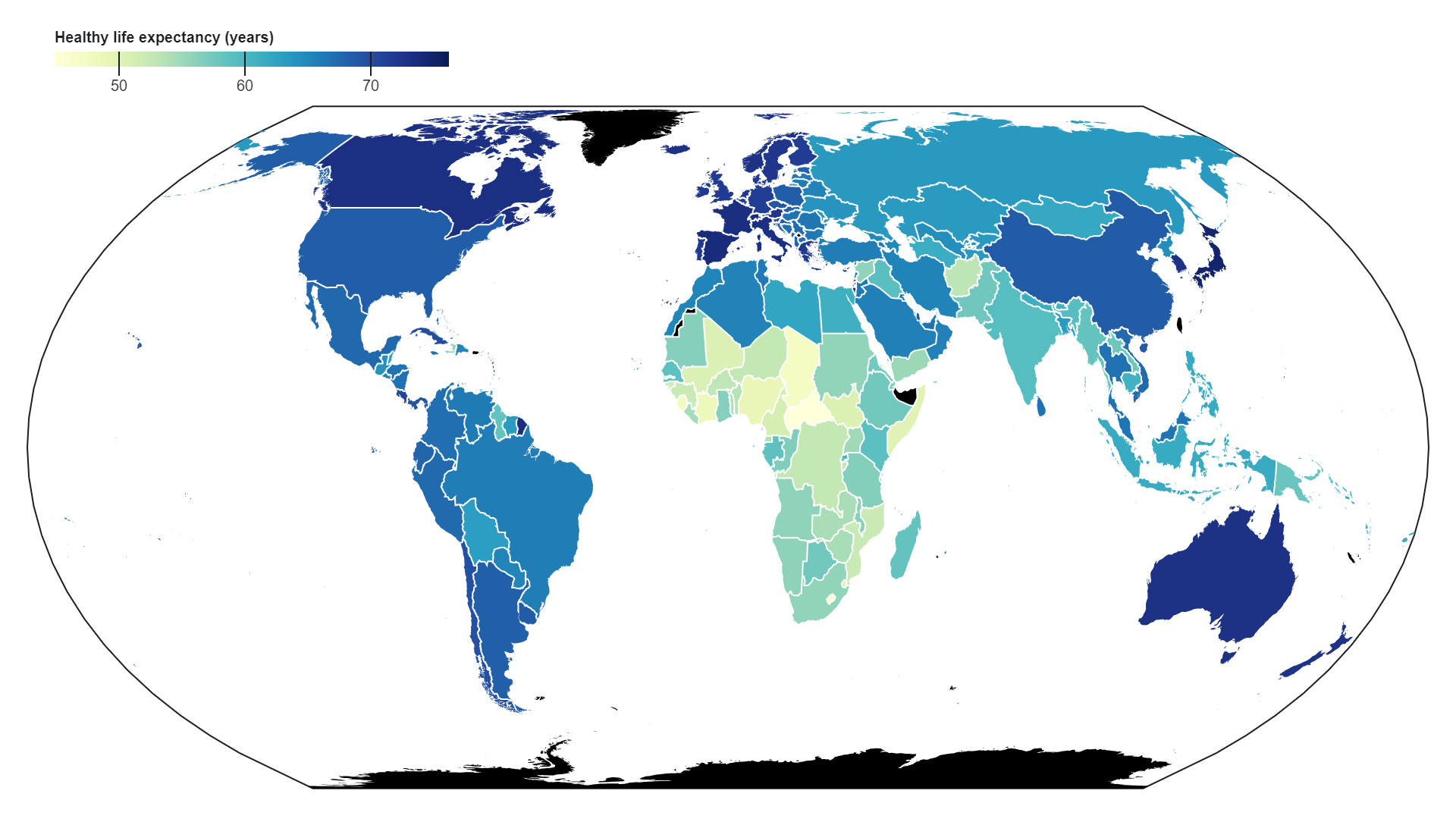
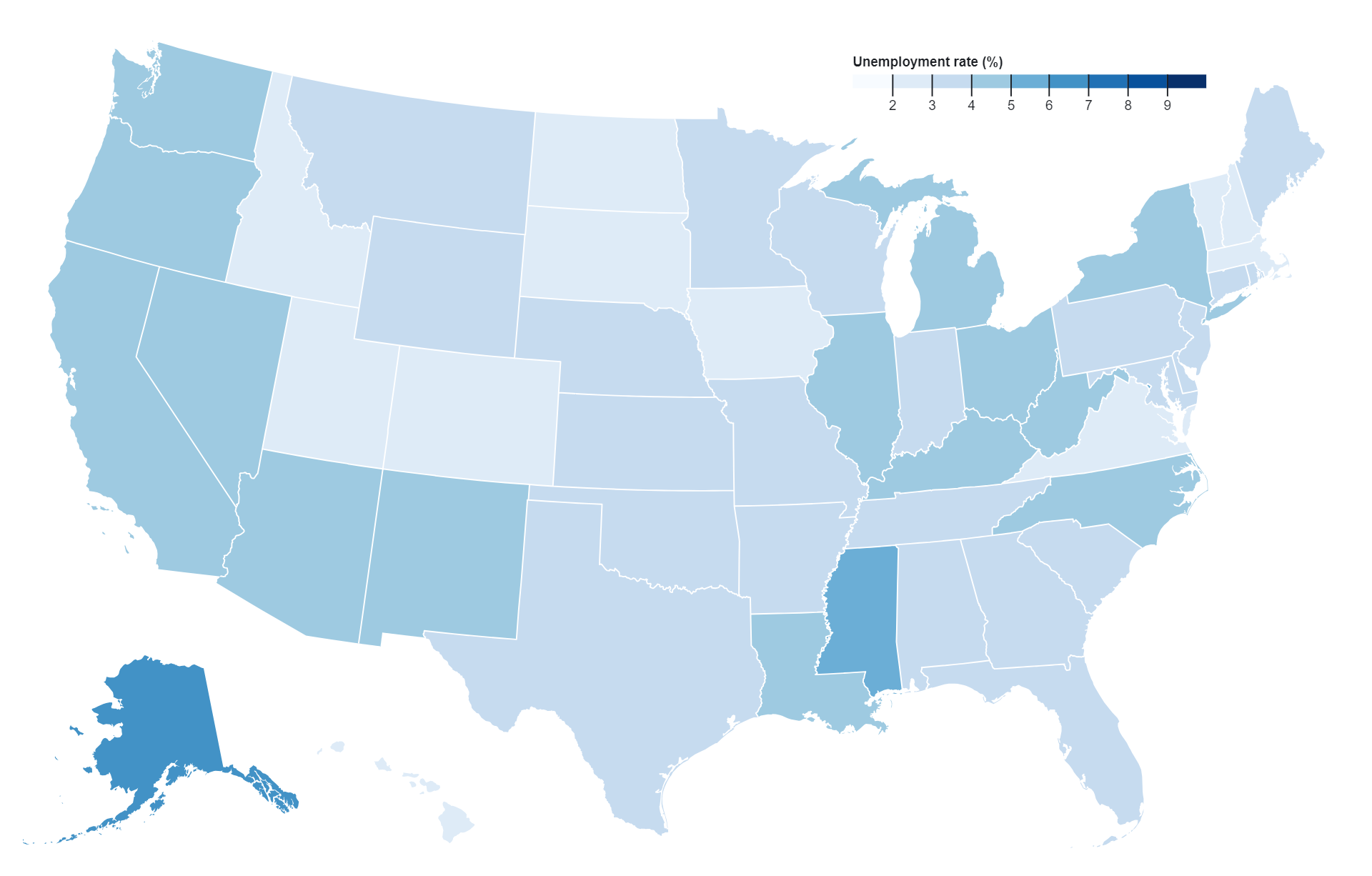
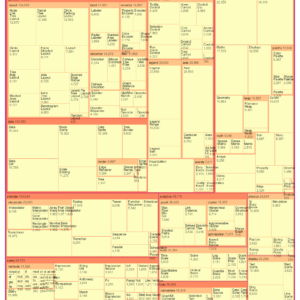
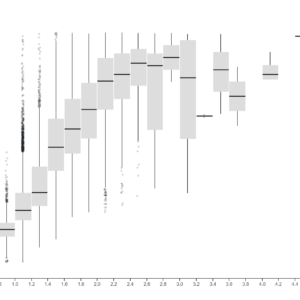
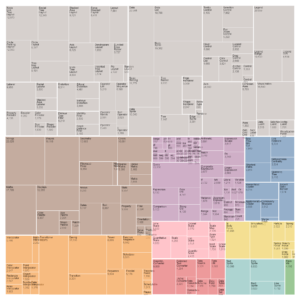
Reviews
There are no reviews yet.